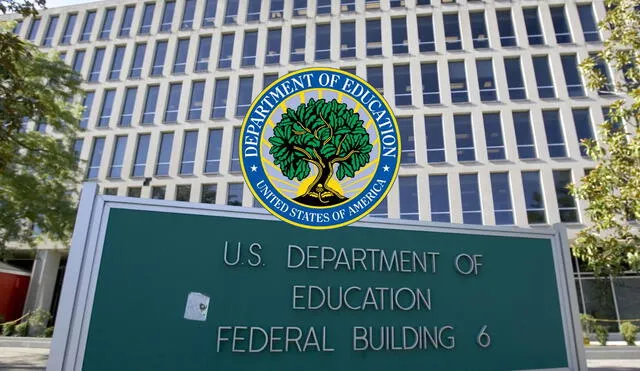Closure notice puts 50% of Department of Education jobs at risk
In alignment with the administration's broader objective to reduce federal government size, the Department of Education is set to implement substantial workforce reductions.

The U.S. Department of Education (DOE) is undergoing significant changes as President Donald Trump moves forward with plans to dismantle the agency. Beginning Tuesday evening, approximately 50% of the department's 4,400 employees will receive layoff notices, marking a pivotal shift in federal education policy.
As the Trump administration advances its agenda to reduce federal oversight, the future of national education policy remains uncertain, with states poised to assume greater control over their educational systems. In this sense, massive Layoffs hit the U.S. Department of Education amid plans for the agency's elimination.
50% of Department of Education jobs at risk after closure notice
On Tuesday, employees of the U.S. Department of Education received an email instructing them to leave all department offices by 6:00 p.m. The directive, issued by the Office of Security, Facilities, and Logistics, advised staff to work remotely on Wednesday. The email provided minimal details, stating only that the closures were due to “security reasons,” with offices set to reopen on Thursday.
The abrupt announcement has left many department employees anxious about their future. Longtime staffers note that such comprehensive office closures are unprecedented, even during visits from high-profile officials. The lack of detailed information regarding the layoffs and the department's potential dissolution has heightened concerns among the workforce.
DOE's elimination: A Presidential priority
President Trump's proposal to abolish the Department of Education signifies a dramatic shift in federal education policy. The administration contends that education should be managed at the state level, reducing federal intervention. The plan includes:
- Delegation to states: Transferring educational oversight and decision-making to individual states.
- Budget reallocation: Redirecting funds to support state-managed education systems.
- Program terminations: Discontinuing federal initiatives deemed non-essential.
While the President can issue an executive order to initiate the department's closure, complete dissolution requires congressional approval—a challenging prospect given the current political landscape.












